
Global Guides and Tools for Forest Landscape Restoration
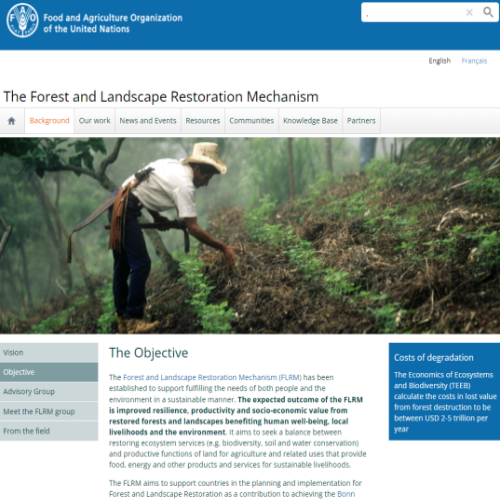
Forest Landscape Restoration Mechanism (FLRM) aims at scaling-up, monitoring and reporting on forest landscape restoration activities to contribute to the Bonn Challenge and Aichi Biodiversity targets. It operates globally by raising awareness on restoration activities and fundraising actions towards key donors, preparing guidelines and standards for baselines and verification of successful efforts on forest landscape restoration. The core component of FLRM is capacity development and the provision of freely available learning materials.
Read more here.

International guidelines, policy recommendations and tools support the development of national policies to achieve restoration goals and to generate ecological, climate, social and economic benefits in the long term.
Supportive policies and effective national strategies that incentivize, facilitate and mobilize implementation of forest landscape restoration initiatives are of key importance to deliver nature-based solutions for environmental problems.
Read on to learn more about recently developed tools, guidelines and policy recommendations to support forest landscape restoration.
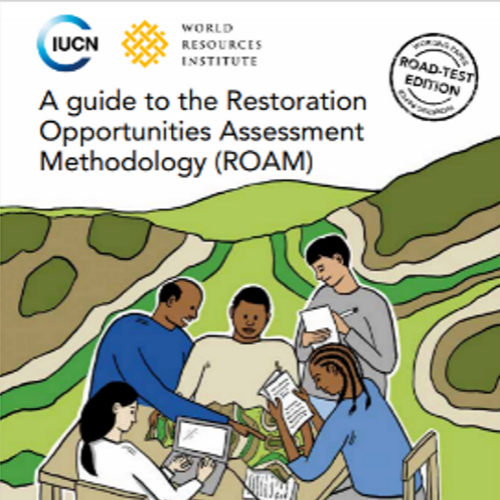
A guide to the Restoration Opportunities Assessment Methodology (ROAM) provides a flexible and affordable framework for countries to rapidly identify and analyse forest landscape restoration potential at national or sub-national level. It was developed based on pilot national assessments of FLR potential in Ghana, Mexico and Rwanda and built on collective and collegial learning processes that have involved a large number of organizations as well as local stakeholder groups in these countries.
Read more here.
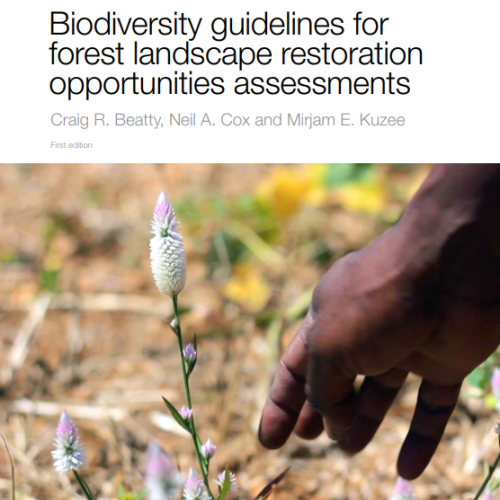
Biodiversity guidelines for forest landscape restoration opportunities assessments is a companion to the Restoration Opportunities Assessment Methodology (ROAM) and provides more context and resources on how to integrate biodiversity conservation into forest landscape restoration. It is designed to help practitioners working on identifying and realising their landscape restoration goals by outlining the importance of considering genes, species and ecosystem types in FLR assessments and in the resulting implementation strategies.
Read more here.

The Road to Restoration - a Guide to Identifying Priorities and Indicators for Monitoring Forest and Landscape Restoration – aims to help stakeholders to set up a monitoring system tailored to their needs by identifying indicators and metrics to monitor progress toward their forest landscape restoration goals. It emphasizes the need to make choices and understand potential trade-offs and synergies when designing a restoration project.
Read more here.
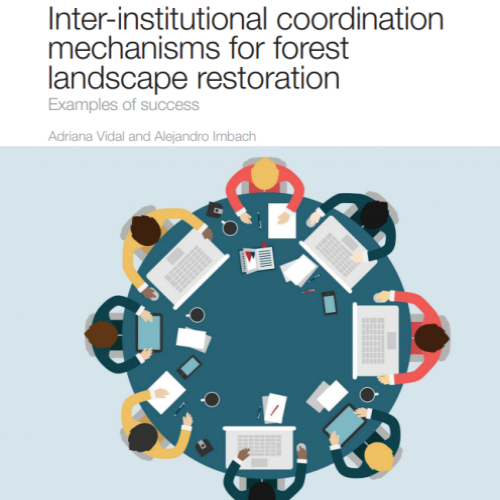
Inter-institutional coordination mechanism for forest landscape restoration is critical for achieving desired outcomes for FLR at the country level. This resource outlines how to ensure that the range of competing interests, from the government to the community level, are considered and helps with the development of roadmaps and plans for the design and implementation of cross sectoral, inclusive and effective policies, strategies and measures.
Read more here.
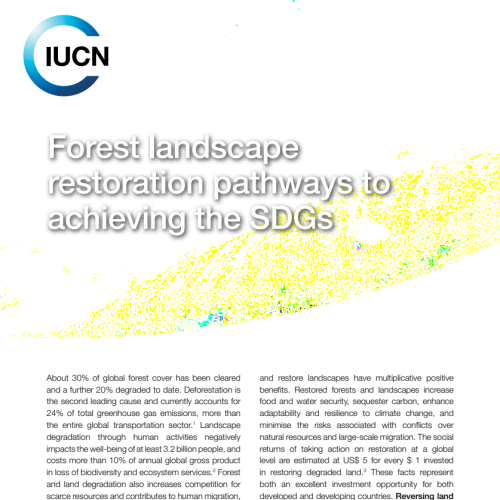
Forest landscape restoration pathways to achieving the SDGs guides readers on how the restoration of forest can advance the SDGs. As an integrated approach, forest landscape restoration re-enforces cross-sectoral coordination and governance and catalyses the transformational potential of the forest and land use sector for the SDGs. The publication provides specific interlinkages between FLR and specific SDGs.
Read more here.

FLR-supportive policies enable the suitable conditions for implementation of restoration activities. This publication can serve as a useful aid for improving policy and legal frameworks that support FLR in national and subnational jurisdictions. It describes the particular characteristics that are integral to FLR and identifies key success factors to create a supportive policy environment, institutional arrangements and government incentives that should be in place for the success of FLR.
Read more here.

Outlook for boosting ambition in 2020 Nationally Determined Contributions through forest landscape restoration targets provides an overview on how agriculture, forestry and land use sector targets and actions could benefit the achievements of Nationally Determined Contributions (NDCs). It explains how countries could capitalise on existing and new restoration commitments and quantifiable actions and to integrate existing policy and legal frameworks, including the Bonn Challenge pledges, into the NDC update cycle.
Read more here.
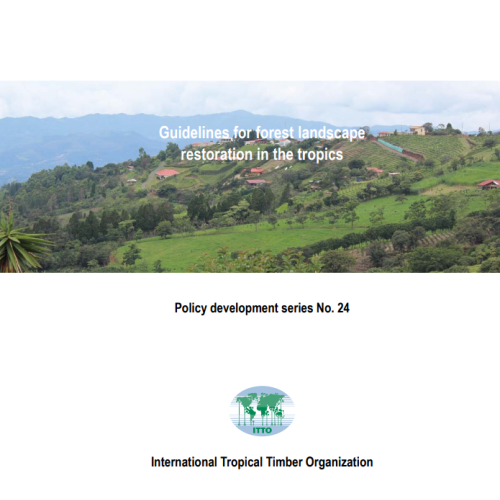
Guidelines for forest landscape restoration in the tropics is based on vast recent experiences in implementing FLR in 18 case studies from the three tropical regions, and the invaluable inputs of forest landscape specialists and institutions from around the globe. The guidelines are designed to provide a basis for policy decisions and a technical guide that can be used or adapted to the needs and capacities of users in other regions.
Read more here.